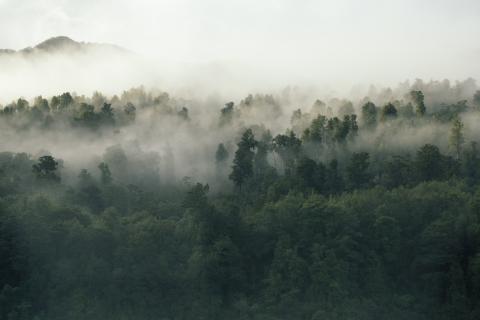Capacity what? The intangible side of conservation
Fauna & Flora International (FFI) believes in partnership—we always have and we always will. In 2018, we partnered with almost 400 organisations, businesses or governmental agencies. We favour this partnership approach because—put simply—it works better for everyone. Each partner brings something unique to the table and contributes in their own way to a common goal.












